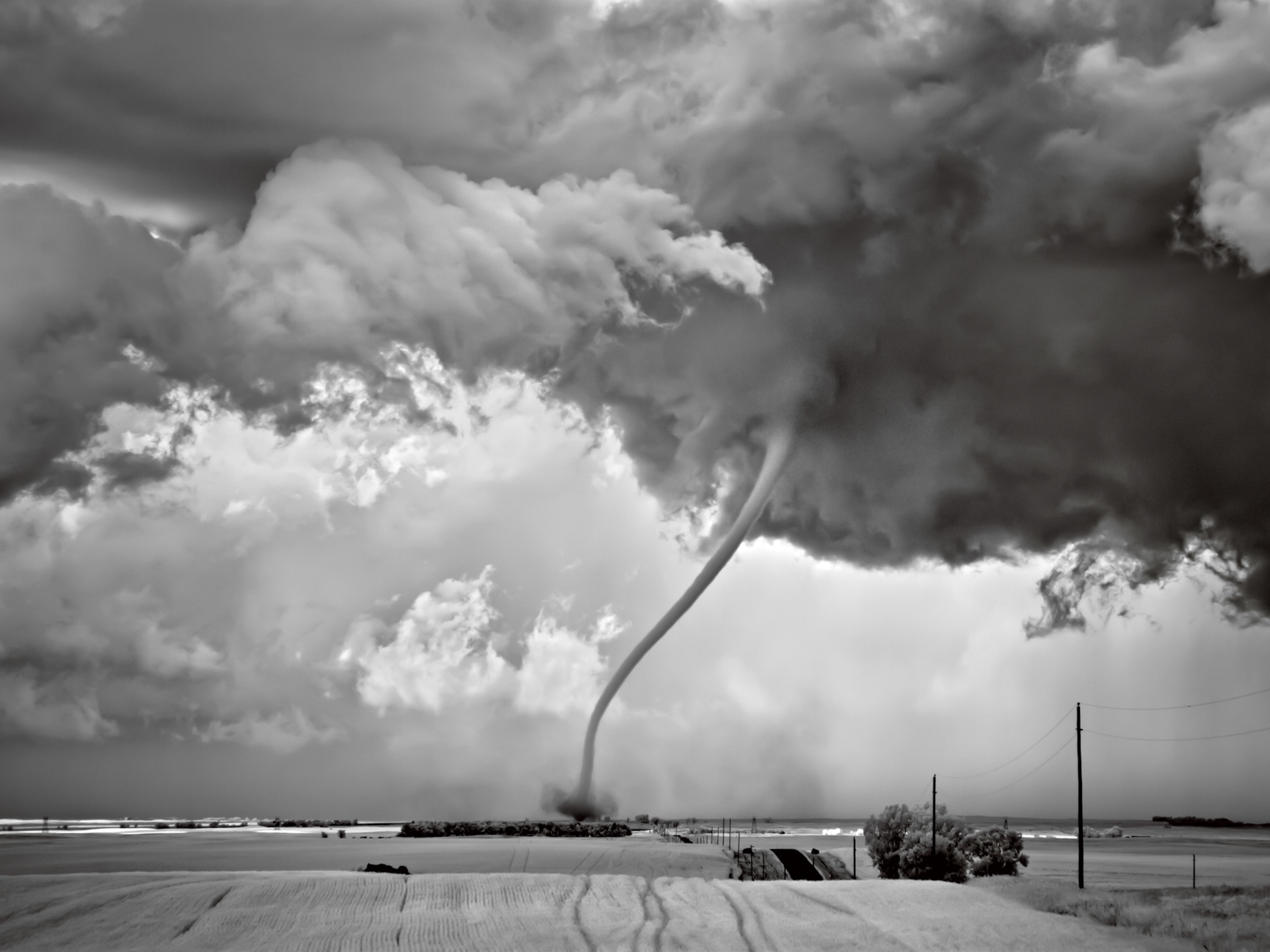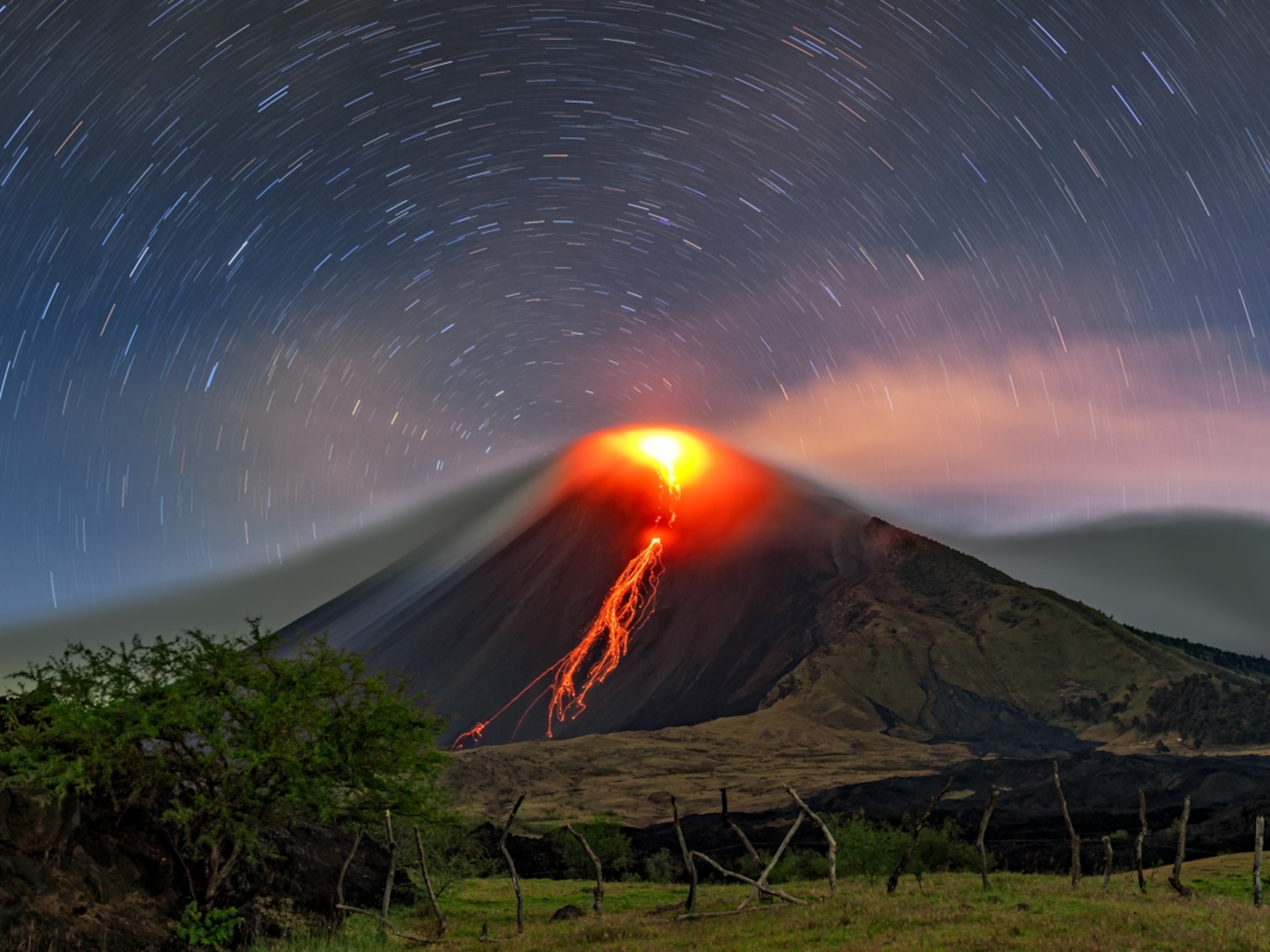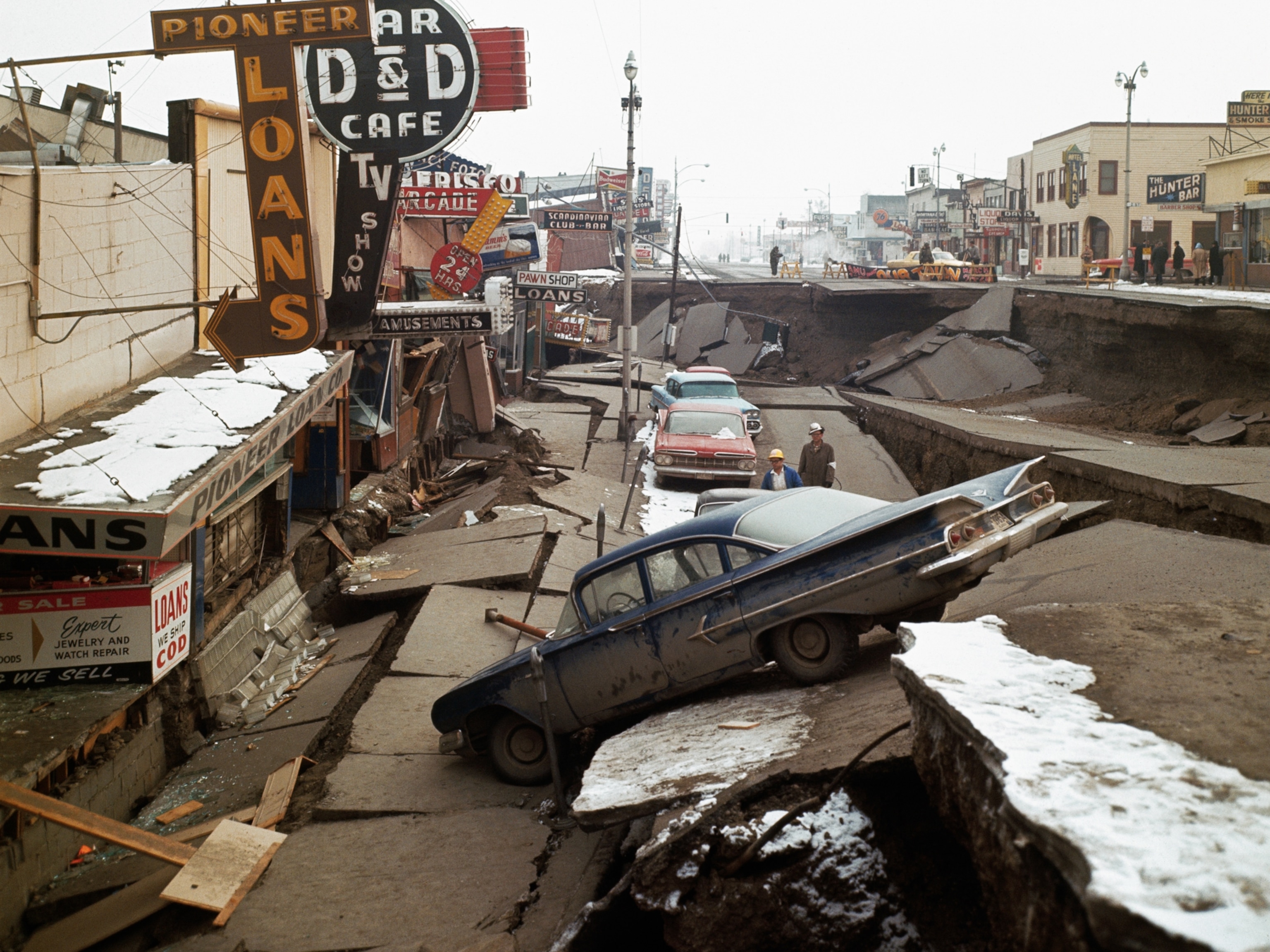
What to do during an earthquake: Simple steps to stay protected
Temblors frequently strike around the world. These suggestions will help you prepare for the next quake that might rattle your town.
Earthquakes regularly rattle our planet, striking somewhere in the world every hour of every day. Such events are the result of the slow-motion march of tectonic plates that build stresses in Earth’s crust and upper mantle. Eventually the stress hits a breaking point and releases in a ground-shaking quake that can send blocks of the Earth careening out of place.
(Haiti Earthquake "Strange," Strongest in 200 Years)
Most temblors are too small for humans to feel, but every so often a whopper will rock our planet. The majority of earthquakes occur near the boundaries of tectonic plates—like the mighty San Andreas fault that runs along the United State’s west coast—but scientists still can’t say precisely where and when the next big quake will strike. So if you’re in a region prone to shaking, it’s best to be prepared. Here are some tips to keep you safe.
(What Caused the Chilean Earthquake? Faults Explained)
Before the quake
One important way to prepare for a temblor is to try to make your home as safe as possible. For old homes, it’s a good idea to investigate whether it complies with local building codes and identify potential weaknesses. FEMA has some handy guides to help steer you through the fundamentals of earthquake-resistant design and construction.
(Earthquake lights, explained)
The stuff inside your home is just as important as the walls themselves. Take a tour of each room to look for things that could fall or break if the ground starts to wobble. Sometimes this can be solved with a little reorganization, moving large or heavy objects to lower shelves. Other times fixing issues takes a bit more handiwork, such as bolting bookcases to wall studs, installing latches on cupboards, and securing any large appliances like water heaters.
While inspecting your home, make sure you know how to shut off your utilities. And while you’re at it, check out the connections of gas appliances; it’s best if these are flexible rather than rigid so they can bend with the rolling ground.
Assemble an earthquake emergency kit that includes food, water, and other supplies for at least 72 hours. When preparing your kit, consider each member of your family and their needs—and don’t forget your pets. The Department of Homeland Security has a detailed guide about putting together a kit for many different contingencies.
Italy Earthquake Aftermath
When the shaking starts
Protect yourself as quickly as possible. In many situations that means remembering three actions: drop, cover, and hold.
• Drop: Get down on your hands and knees to protect yourself from being knocked over. That also puts you in an ideal position to crawl for shelter.
• Cover: Place an arm and hand over your head and neck to shield them from debris. Head for any nearby tables to shelter under until the shaking stops. If a table isn’t in sight, sidle up to one of your home’s interior walls away from tall objects and furniture that might topple. A common misconception in seeking cover is that doorways offer the best protection during an earthquake. But according to the Earthquake Country Alliance, this is only true if you are in an “old, unreinforced adobe house.” In modern homes, the rest of the house is just as strong.
• Hold: Stay put until the shaking stops. If you’re under a shelter like a table, keep hold of it with one hand. If you’re out in the open, continue to shield your head and neck with your arms.
When the ground starts to shake remember three things: drop, cover, hold.
If you use a wheelchair or walker, or cannot drop to the ground, there are other versions of the above protocol to follow that will help keep you safe. For example, if you are in a wheelchair, lock the wheels and then lean over to protect your vital organs, covering your head and neck with your arms.
When the ground starts to roll under your feet, resist the temptation to run outside. Instead, take cover in place. But if you are already outdoors, stay outside and move away from buildings and power lines. If you are driving, pull off the road. But do not stop under an overpass or other structure that could crash down.
Coastal quakes can be particularly dangerous since the shifting ground can disturb the water column and produce a tsunami. If you are on a coast when a strong earthquake strikes, get to higher ground as soon as you can.
While tsunami warning systems can help give some notice, it’s often too risky to wait for the alert to get to high ground. For one, the time between the siren and the wave crashing onshore may be small. And if the tsunami is local, it might evade warning system detection entirely. For example, a surprise tsunami devastated parts of Indonesia in 2018, thanks in part to the particular geometry of the channel that funneled the water to land. What’s more, as was the case in Indonesia’s 2018 tsunami, cellphone towers toppled by the shaking can prevent transmission of potential alerts.
After the shaking subsides
Even after the ground grows still, the danger is not necessarily over. As the Earth settles from its trembling it can produce a series of smaller quakes known as aftershocks. On rare occasions, a second earthquake that’s even bigger than the first might follow. When that happens, the first quake is called a foreshock, and the second temblor is called a main shock. This was the case for the two large earthquakes—a magnitude 6.4 followed by a magnitude 7.1 event—that rocked California in the summer of 2019.
Still, once the shaking subsides it’s time to start getting yourself and others ready for more. First, check for injuries. Sometimes people won’t initially feel pain because of the adrenaline that courses through the body during life-threatening events. Next, check the gas and electric lines, and turn them off if you can do so safely. And if you are inside a heavily damaged structure, get yourself and others out as soon as possible.
If you’re trapped, stay calm. Protect your mouth, nose, and eyes from the dust and call or text for help. Make noise by whistling or shouting to get responders’ attention. But if you are outside, keep an eye out for hazards like fallen electrical lines, ruptured gas pipes, or precarious structures.
Turn on the radio—perhaps one you stowed in your earthquake emergency kit—and listen for updates. Heed warnings and instructions from official organizations like the United States Geological Survey, and be careful about what you see shared on social media. Falsehoods spread like wildfire in emergency situations. To let your family and friends know all is well—or to check for the status of your own loved ones—head to the Red Cross’ website.
The unpredictability of earthquakes is frightening, but with a little preparation, you can be ready if a big one strikes.



















